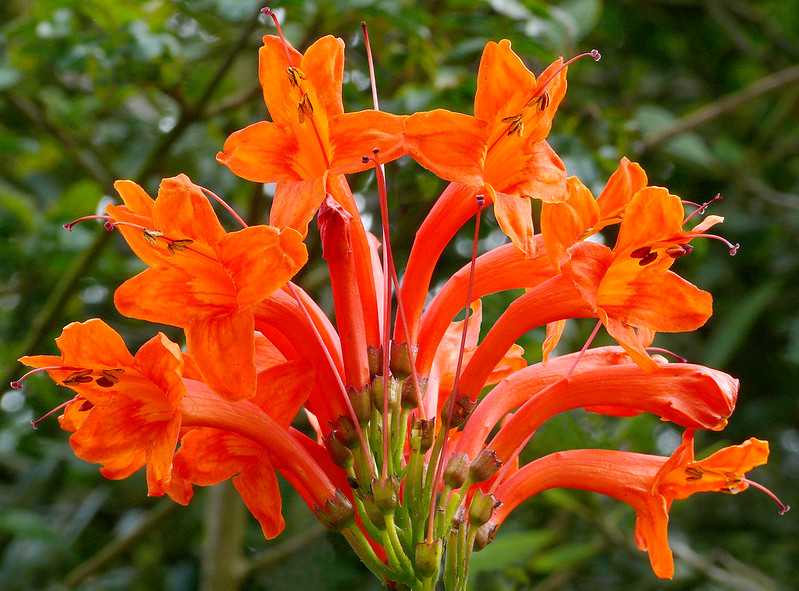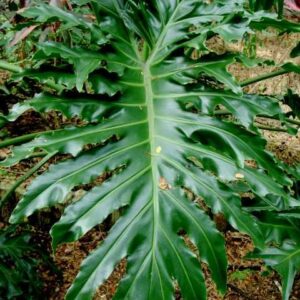Introduction
Tecoma Orange, or Tecoma capensis ‘Orange’, is a popular ornamental shrub that is prized for its showy, trumpet-shaped flowers and attractive foliage. It is a member of the Bignoniaceae family, which includes other popular garden plants like Jacaranda and Trumpet Vine.
Tecoma Orange has a dense, bushy growth habit and can grow up to 8 feet tall and wide. It is a bright and beautiful addition to any garden or indoor space. With its vibrant orange flowers, it also pairs well with other tropical plants like the dragon fruit plant or the areca palm plant.
Click on the headings to read more!
Tecoma Orange Flower
The Tecoma Orange plant produces beautiful, trumpet-shaped flowers that are a vibrant shade of orange. The flowers are quite large, typically measuring around 2-3 inches in length, and they are arranged in large clusters at the end of the plant’s branches.
The petals of the Tecoma Orange flower are slightly curved and overlap each other, forming a funnel-like shape with a flared mouth. The flowers have five petals, with the bottom one being slightly larger and more elongated than the others. The inside of the flower is yellow and contains a long, narrow tube that extends from the base of the flower to the mouth.
The Tecoma Orange flower is quite showy and attracts a variety of pollinators, including hummingbirds, bees, and butterflies. The flowers typically bloom from late spring through early fall, adding a burst of color and beauty to the landscape.
How to care for?
Watering
Tecoma orange plants prefer consistently moist but well-drained soil. Ensure thorough watering of the plant once a week, while allowing the soil to slightly dry out between watering sessions.
Sunlight
Tecoma orange plants thrive in full sunlight. They require at least six hours of direct sunlight per day to grow and bloom properly.
Fertilization
Feed Tecoma orange plants with a balanced, slow-release fertilizer every two to three months during the growing season. To prevent an abundance of foliage growth and a reduction in blooms, it’s important to exercise caution when fertilizing and avoid overdoing it.
Pruning
It’s recommended to prune Tecoma orange plants during late winter or early spring, before the emergence of new growth. During pruning, eliminate any damaged, diseased, or dead wood, and mold the plant according to your preference. Apart from this, pruning also promotes the production of more blooms by the plant.
Pests and Diseases
Tecoma orange plants are generally resistant to pests and diseases. However, they can occasionally be affected by spider mites, whiteflies, and aphids. You can use an insecticidal soap or neem oil to treat infestations.
Benefits
Attracts Pollinators
The bright orange flowers of the Orange Tecoma plant attract bees, butterflies, and hummingbirds, making it a great addition to pollinator gardens.
Low Maintenance
Orange Tecoma plants are relatively low maintenance and easy to care for. They can tolerate drought and heat and are resistant to most pests and diseases.
Long Blooming Period
Orange Tecoma plants bloom from late spring through early fall, providing a long-lasting display of vibrant orange flowers in the garden.
Landscaping
Orange Tecoma plants are a great addition to landscaping projects as they can be used as a shrub, hedge, or small tree. They can also be trained to grow on a trellis or pergola.
Medicinal Uses
The leaves of the Orange Tecoma plant are used in traditional medicine to treat various ailments, such as respiratory infections, sore throat, and stomach disorders.



